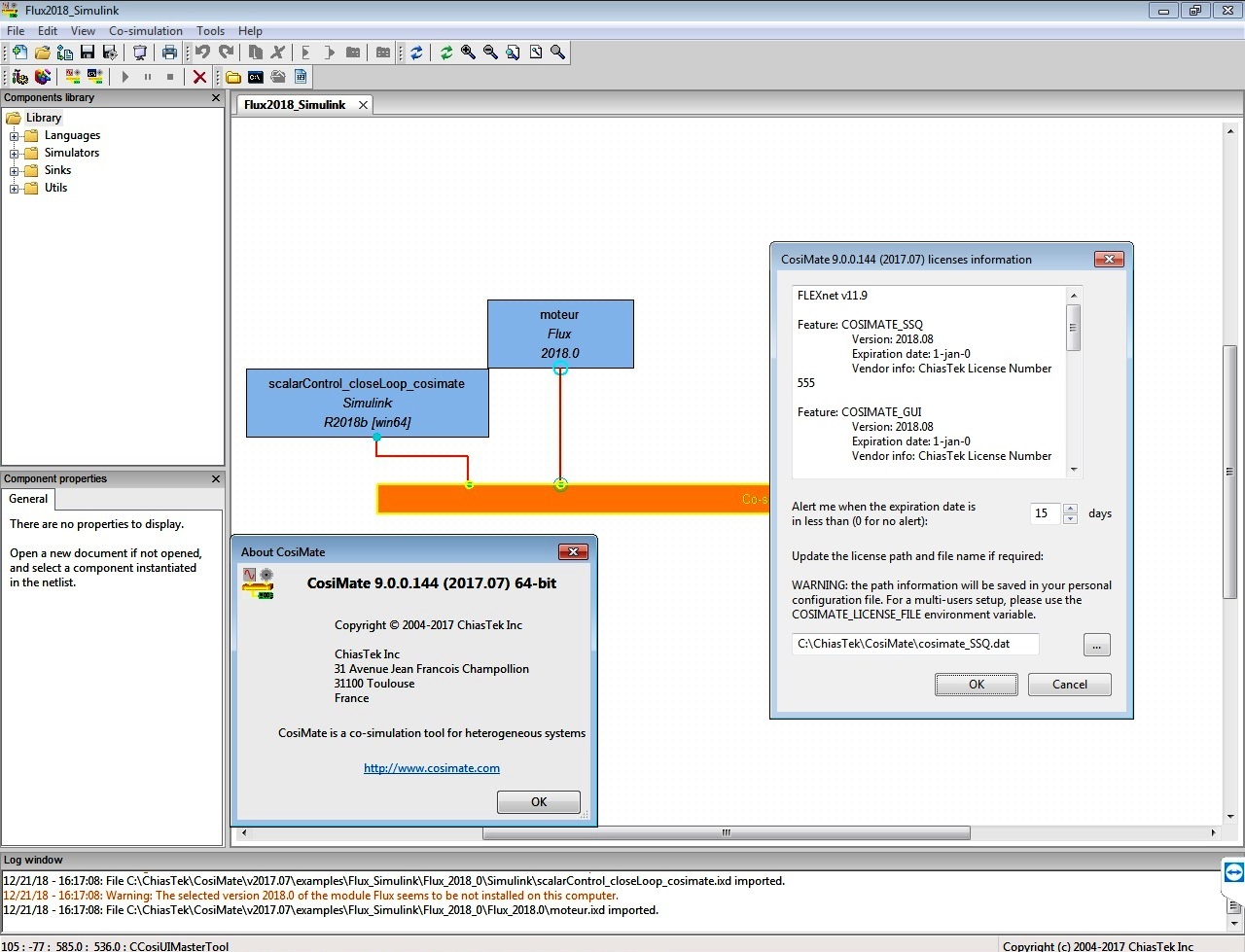


Fortunately, Quartus Prime has a facility to do this. The simulator can not simulate the circuit and schematic form, so you'll need to convert this schematic to an HDL file. If you double-click on the pipemult icon, in the hierarchy table of Project Navigator, the pipemult schematic should appear. You should have the example project files complete through timing analysis at this point. Open the Quartus Prime, and open the pipemult project.

And we'll verify logic design by thoughtful design of test cases applied in the simulation. We'll Create a Stimulus to drive inputs in the simulation. We'll Add Signals to the Waveform Window. Then, we'll start ModeSim from Quartus Prime. First, we'll convert a Schematic bdf file into a VHDL file for simulation.

Here are some tasks to be complete during this video. Feel free to pause the video as you enter commands and observe the tool actions. You should have a project called Pipemult Available when you open Quartus Prime. Here we use design files from a previous video, analyze timing with time quest, as the starting point for simulation. ModelSim is a very powerful tool, this is only an introduction to what it can do for you to help verify the correctness of your design. In this presentation, you'll learn how to use the Mentor Graphics ModelSim simulator to simulate the logic in your FPGA design. Most new laptops will have this, or it may be possible to upgrade the memory. Whatever the OS, the computer must have at least 8 GB of RAM. The tools do not run on Apple Mac computers. Either Linux OS could be run as a virtual machine under Windows 8 or 10. You must have access to computer resources to run the development tools, a PC running either Windows 7, 8, or 10 or a recent Linux OS which must be RHEL 6.5 or CentOS Linux 6.5 or later. If you are thinking of a career in Electronics Design or an engineer looking at a career change, this is a great course to enhance your career opportunities. You use FPGA development tools to complete several example designs, including a custom processor. You will learn what an FPGA is and how this technology was developed, how to select the best FPGA architecture for a given application, how to use state of the art software tools for FPGA development, and solve critical digital design problems using FPGAs. This course will give you the foundation for FPGA design in Embedded Systems along with practical design skills. In particular, high performance systems are now almost always implemented with FPGAs. By integrating soft-core or hardcore processors, these devices have become complete systems on a chip, steadily displacing general purpose processors and ASICs. Programmable Logic has become more and more common as a core technology used to build electronic systems. This course can also be taken for academic credit as ECEA 5360, part of CU Boulder’s Master of Science in Electrical Engineering degree.


 0 kommentar(er)
0 kommentar(er)
